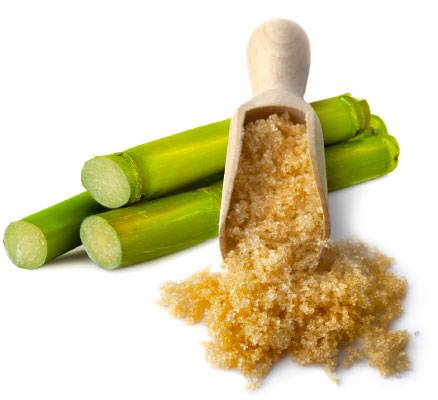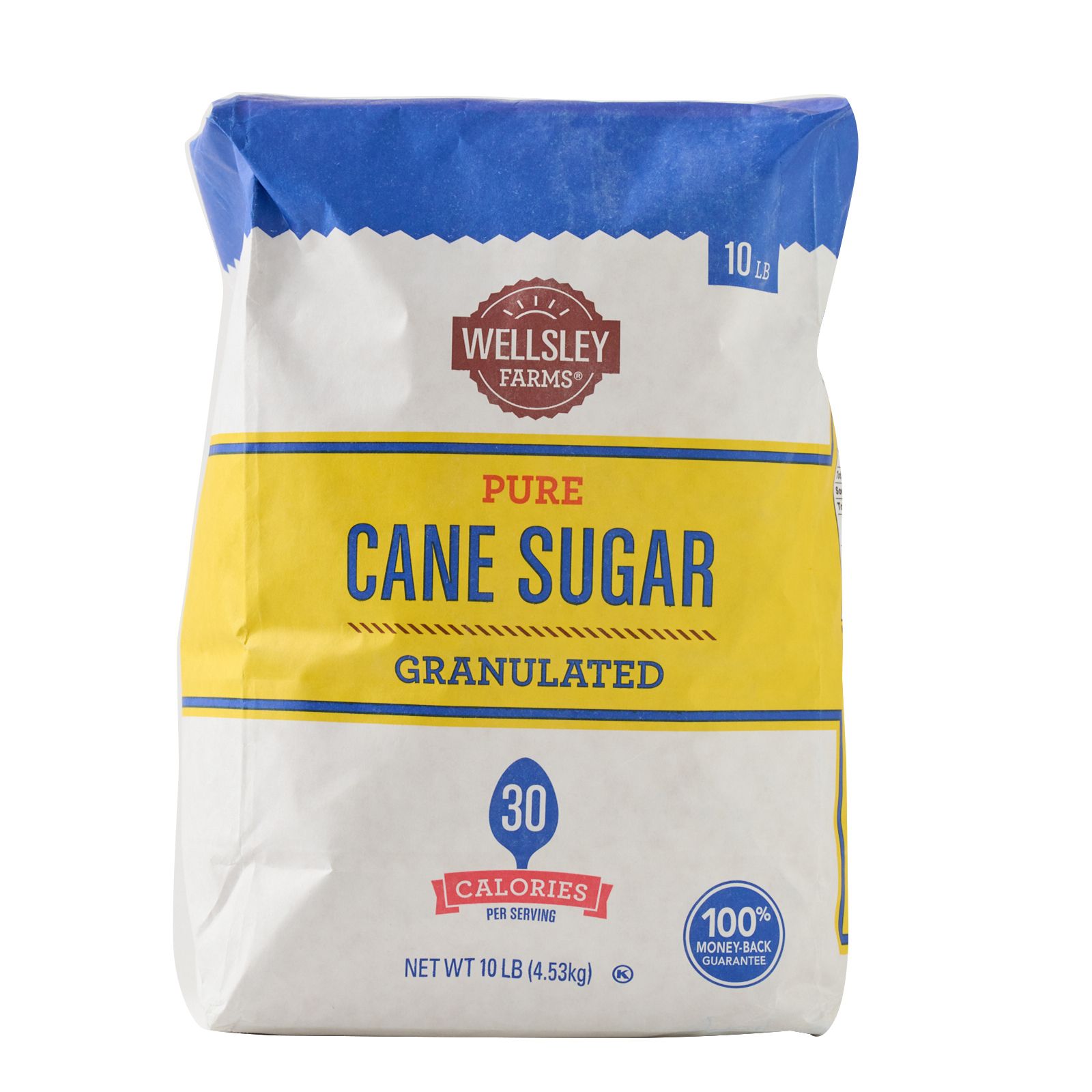A Thorough Overview to the Ecological Influence and Sustainability Practices in Walking Cane Sugar Handling
The ecological effect of cane sugar handling provides a complex array of obstacles that warrant cautious evaluation. From soil degradation and too much water use to the carbon footprint associated with farming and manufacturing, the repercussions of traditional techniques are significant. What specific techniques can be carried out to strike a balance in between productivity and ecological stewardship?
Summary of Walking Cane Sugar Processing
Walking cane sugar handling involves a collection of systematic actions that change sugarcane into polished sugar. Initially, gathered sugarcane is carried to processing centers, where it undergoes cleansing to remove dirt and particles. Following this, the walking stick is crushed to remove juice, which is then made clear by removing contaminations with heating and the enhancement of lime.
The made clear juice undergoes evaporation, where water is gotten rid of to concentrate the sugar web content. These crystals are separated from the continuing to be syrup making use of centrifugation, resulting in raw sugar.
The end product is then dried and packaged for circulation. Throughout this whole process, preserving performance and quality assurance is vital to make sure the sugar meets market criteria. Each action in cane sugar processing not just adds to the final item but also has implications for source usage and waste generation, setting the phase for discussions on sustainability and ecological effects connected with sugar production.
Ecological Difficulties of Production
The manufacturing of walking stick sugar presents several considerable ecological obstacles that warrant focus. One main problem is the considerable usage of agrochemicals, including plant foods and pesticides, which can cause dirt destruction, biodiversity loss, and contamination of local water sources. The drainage from sugarcane fields usually carries these chemicals into close-by ecosystems, interfering with aquatic life and influencing the health and wellness of areas reliant on these water bodies.
An additional challenge is the high power usage connected with sugarcane handling. The boiling and refining phases require considerable warmth, largely generated by shedding nonrenewable fuel sources, contributing to greenhouse gas emissions. In addition, the extensive land area required for sugarcane growing can cause logging and habitat destruction, additional worsening environment adjustment and harmful wildlife.
Additionally, the labor methods in some regions raise ethical worries, as employees may encounter poor working conditions and inadequate wages. This circumstance commonly continues a cycle of hardship in neighborhood areas. Cane Sugar Processing. Dealing with these ecological difficulties is essential for establishing much more lasting practices in walking cane sugar production, ultimately profiting both the environment and the communities entailed in this sector
Water and Land Use Influence
Water resources and land application are essential components in the cane sugar market that considerably influence the environment. The growing of sugarcane needs substantial water input, with quotes suggesting that it can eat as much as 2,000 litres of water per kilogram of sugar generated. This intensive use water usually leads to exhaustion of neighborhood water sources, impacting not just the sugarcane vineyards but also bordering ecosystems and communities that count on the same water resources for farming and domestic usage.

Moreover, land usage for sugarcane growing can lead to deforestation and the conversion of all-natural environments into monoculture vineyards. This technique reduces biodiversity, disrupts regional ecological communities, and contributes to soil deterioration. The development of sugarcane fields commonly elbows in moved here on valuable agricultural land, creating competitors for sources in between food and biofuel manufacturing.
Sustainable methods, such as optimizing watering techniques and applying crop rotation, are necessary to reduce these impacts. By taking on a lot more effective more helpful hints water usage and land management approaches, the walking cane sugar industry can reduce its ecological footprint, guaranteeing an equilibrium between agricultural performance and environmental preservation.
Greenhouse Gas Emissions
Greenhouse gas exhausts stand for a significant ecological worry within the walking stick sugar processing sector, specifically as agricultural techniques broaden to satisfy international demand. The farming of sugarcane, a plant that prospers in exotic environments, counts greatly on synthetic plant foods and pesticides, which contribute to nitrous oxide discharges. In addition, land-use adjustments, consisting of logging for brand-new sugarcane plantations, release co2 saved in vegetation and dirt.
During processing, power intake is one more significant resource of greenhouse gas exhausts - Cane Sugar Processing. Lots of sugar mills make use of fossil gas to power equipment and produce heat, resulting in substantial carbon impacts. Furthermore, the transportation of raw sugarcane and completed products includes layers of discharges with gas combustion in cars
This includes reviewing existing agricultural practices, processing approaches, and transportation systems to recognize locations for renovation and reduction. Addressing greenhouse gas discharges is essential for promoting a much more lasting walking stick sugar sector in a changing environment.

Sustainable Practices and Innovations
Lasting practices and innovations are increasingly important in the walking stick sugar processing industry as stakeholders seek to minimize ecological impacts while preserving productivity. One significant advancement is the implementation of integrated crop management, which optimizes resource use by combining soil administration, bug control, and plant turning strategies. This method enhances return while decreasing chemical inputs and maintaining navigate to these guys soil health and wellness.
Moreover, the fostering of renewable resource resources, such as biomass from sugarcane deposits, has acquired traction - Cane Sugar Processing. By converting waste products into energy, refining centers can lower their dependence on fossil fuels, consequently decreasing greenhouse gas discharges
Water management practices have actually also seen enhancements through the recycling and reusing of water in processing plants, dramatically lowering freshwater intake. Developments in innovation, such as precision farming, make it possible for farmers to keep an eye on plant health and wellness and source usage better, making sure lasting cultivation methods.
Moreover, certification programs like Fair Trade and Jungle Partnership motivate ecologically accountable farming techniques and promote social equity within the supply chain. By embracing these sustainable practices and technologies, the walking stick sugar handling sector can boost its resilience and add positively to environmental stewardship.
Final Thought
The ecological impact of cane sugar processing provides significant difficulties, including dirt deterioration, high water usage, and greenhouse gas discharges, together with moral problems related to labor practices. Dealing with these problems through lasting practices, such as incorporated crop management, renewable energy adoption, and water recycling, is vital. By advertising socially equitable and eco liable methods in sugar manufacturing, the sector can alleviate its damaging impacts, guaranteeing a much more sustainable future for both communities and ecological communities entailed in this field.
Walking stick sugar handling entails a series of methodical steps that change sugarcane right into polished sugar. Each action in walking stick sugar handling not only contributes to the final item yet also has effects for resource use and waste generation, establishing the phase for conversations on sustainability and environmental impacts associated with sugar manufacturing.
Greenhouse gas exhausts stand for a substantial ecological concern within the cane sugar handling market, especially as agricultural practices increase to satisfy international need.Lasting techniques and developments are significantly crucial in the walking cane sugar processing market as stakeholders seek to lower ecological effects while maintaining productivity.The ecological impact of walking stick sugar processing provides significant obstacles, including soil degradation, high water intake, and greenhouse gas emissions, along with moral concerns connected to labor practices.